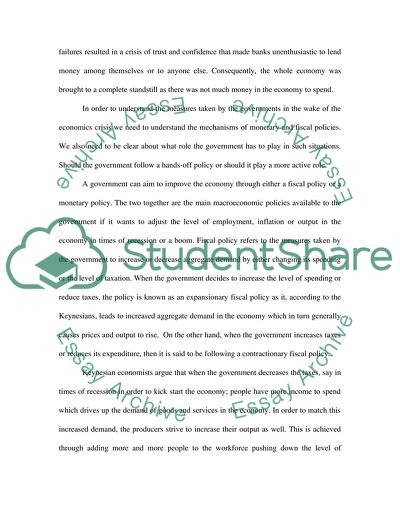Cite this document
(“The Economic Crisis of 2008 Research Paper Example | Topics and Well Written Essays - 3250 words”, n.d.)
The Economic Crisis of 2008 Research Paper Example | Topics and Well Written Essays - 3250 words. Retrieved from https://studentshare.org/macro-microeconomics/1739917-economics-2008-economic-crisis
The Economic Crisis of 2008 Research Paper Example | Topics and Well Written Essays - 3250 words. Retrieved from https://studentshare.org/macro-microeconomics/1739917-economics-2008-economic-crisis
(The Economic Crisis of 2008 Research Paper Example | Topics and Well Written Essays - 3250 Words)
The Economic Crisis of 2008 Research Paper Example | Topics and Well Written Essays - 3250 Words. https://studentshare.org/macro-microeconomics/1739917-economics-2008-economic-crisis.
The Economic Crisis of 2008 Research Paper Example | Topics and Well Written Essays - 3250 Words. https://studentshare.org/macro-microeconomics/1739917-economics-2008-economic-crisis.
“The Economic Crisis of 2008 Research Paper Example | Topics and Well Written Essays - 3250 Words”, n.d. https://studentshare.org/macro-microeconomics/1739917-economics-2008-economic-crisis.


